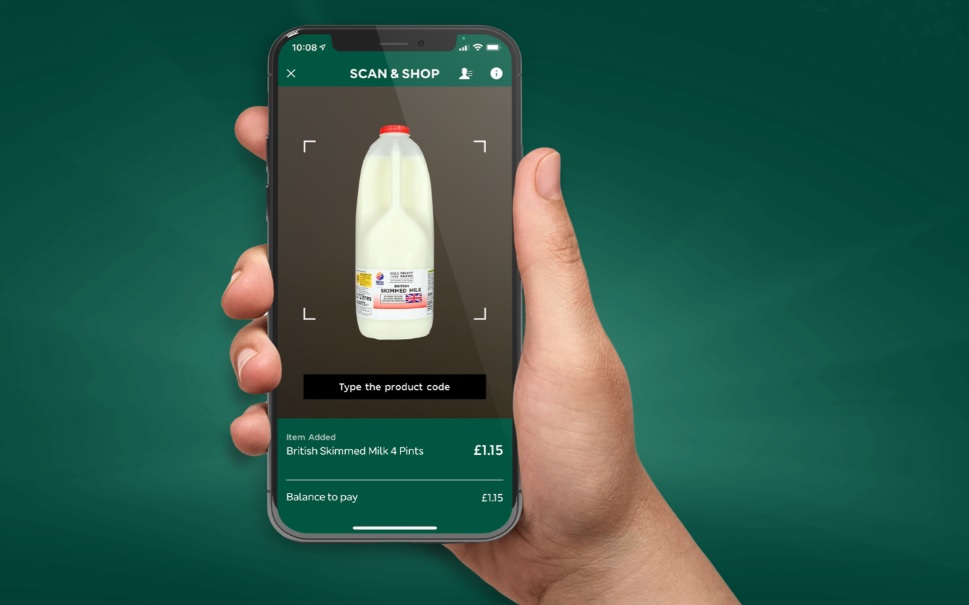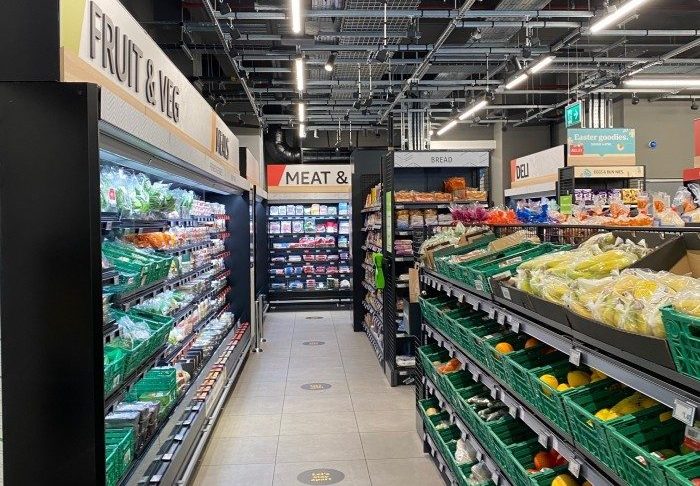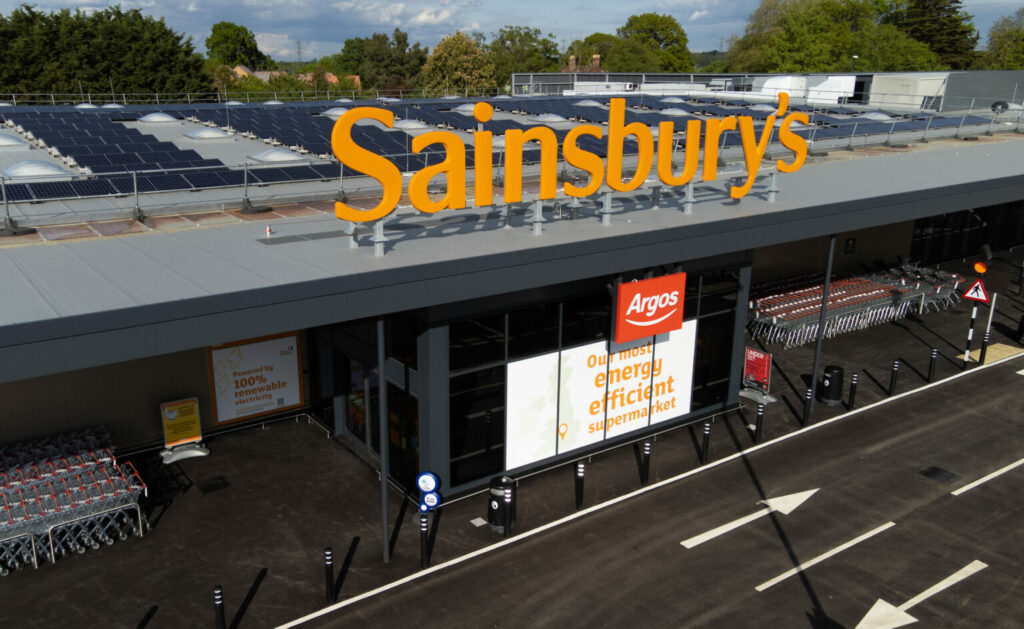Aisle, counter and checkout – the grocery store format is one which is familiar to all of us.
When you imagine a typical supermarket, this format and layout has remained largely unchanged since my grandparents were doing their weekly shops.

This was turned on its head when the Covid-19 pandemic hit.
Overnight, consumers and retailers alike were challenged to rethink and adapt. We saw a higher reliance on online shopping, a new demand for instant grocery orders, and a resurgence in shopping locally.
At the same time, for some, in-store grocery shopping was a rare opportunity to get out of the house, so the experience was more important than ever.
Whilst we’ve shed some of the habits of the pandemic, some of the shopping behaviours have remained popular, and there is an opportunity to improve the grocery store model to suit the best of both worlds.
Research from Spryker last year revealed that more than half (60%) of consumers in the UK buy at least some of their groceries online, though only 16% of people ordered all or most of their groceries via the internet.
There’s no question that the convenience and ease of online transactions have been ingrained in our day-to-day, but with people enjoying a combination of channels for grocery shopping.
How can retailers merge the online and offline experience to improve the customer journey even further?
Using tech in the grocery shop
Technology holds the answer, and this can go further than self-checkouts, which still require shoppers to queue.
“Rather than displaying items we buy week-in-week-out on the shopfloor, a futuristic store format could have these items in storage for people to pre-order ahead of their weekly shop.”
For example, thanks to artificial intelligence, image recognition, sensors and barcodes that scan customers’ phones at the store entrance, Just Walk Out technology (JWO) allows shoppers to simply enter a store, take what they want, and leave, avoiding the dreaded queue at checkout.
Whilst Amazon Go and Amazon Fresh are perhaps the best-known examples of this technology in action, other British retailers are experimenting with similar innovations.
For instance, as part of its investment in new digital services, M&S has introduced a Scan & Shop service, which lets customers use their phone to scan and bag food items as they shop, and pay directly via the M&S app before exiting the store.

Not only does technology make the customer purchase journey as streamlined as possible, but the retailer can remove excess cost and waste through reimagining the grocery store format.
Updating the physical store layout will better cater to the merging of online and offline shopping.
We all have certain items or categories in our weekly shop that we buy week-in-week-out, that we don’t necessarily need to look at or feel before purchasing, such as toiletries, cleaning items or tinned goods.
Rather than displaying these items on the shopfloor and making people peruse every aisle, a futuristic store format could have these items in storage in a separate part of the store for people to pre-order ahead of their weekly shop.
“By reinventing the store format, the whole purchasing process in store can be quicker, easier and more enjoyable for shoppers.”
The picking and packing of these items can be carried out by robotics and AI, enabling these tasks to be automated, freeing up store workers’ time.
Instead, they can focus on customer service and value-added tasks, whilst reducing the need to restock as many shelves on the shop floor.
Once the customer heads in store for collection, they can then browse and purchase the rest of their shopping list based on what they want to see in person, allowing for more experiential shopping.
By reinventing the store format, the whole purchasing process in store can be quicker, easier and more enjoyable for shoppers, whilst giving businesses more opportunity to experiment with the store layout and operate in a more cost-effective way.
Embedding digital innovations into the bricks-and-mortar experience through new technologies is a sign of businesses looking to the future.
By investing in things like JWO technology or allowing customers to pre-order certain items, businesses are giving customers a quicker, easier and more enjoyable weekly shop, while simultaneously reinventing their store operations.
In a world where the future of the high street is under pressure, the retailers who are willing to reimagine the in-store experience will come out strongest.
Kelly Askew is Europe retail strategy lead at Accenture
Click here to sign up to Retail Gazette‘s free daily email newsletter

















